Project to Implement Rain Water Harvesting in Tsunami Affected Areas of the Southern Province
| Project Area | Tsunami affected areas of Galle, Matara and Hambantota Districts in Southern Province | |||||||||||||||||||||||||||||||||||||||||
| Duration | January 2006 - May 2009 (Project Completed) | |||||||||||||||||||||||||||||||||||||||||
| Funded by | Malteser International and UNICEF  |
|||||||||||||||||||||||||||||||||||||||||
| Objectives | Introduction of rain water harvesting systems for drinking purposes in tsunami effected areas of Galle, Matara and Hambantota. | |||||||||||||||||||||||||||||||||||||||||
| Expected Outputs of the project |
|
|||||||||||||||||||||||||||||||||||||||||
| Outputs of the Project (as on August 2009) | 1. Awareness programmes Four awareness programs were conducted for government and NGO officials at Matara D.S. division (06-06-2006); at District Secretariat Galle (July-2006); Habaraduwa D.S. office (4th July 2006) and at Hambantota.
No sites to rehabilitating existing RWH systems were identified in Galle district during the rapid assessment. 30 tanks under ground brick tanks constructed by previous CWSSP project were identified for rehabilitation in Bengamuwa in Matara district. 4. Resource centres Sixteen RWH tanks were constructed in 14 resource centres established in Galle (4), Matara (7) and Hambantota (5) districts. RWH tanks were constructed in Following is a list of resource centres.
5. Construction of RWH Units A total of a 3,026 RWH systems (5 m3 capacity tanks) were constructed in following districts
A total of 87 Operation and Maintenance programmes and meetings were carried out at; The average participation at O&M meetings was about 65%. - Abangaha temple (Ahungalla) - Addunkale - Ahungalla - Aluketiya - Akurala - Aththuda - Balapitiya - Bamunugama - Batadola - Baragama south - Baraganmulla - Bellagaswewa - Bendishhena - Bengamuwa - Bengamuwa south (3) - Bodarakanda - Dangala - Dampahala west (3) - Dammala - Dandeniya - Deegoda Athiraka - Denuwala - Galbokka - Galkanda - Godagama - Gonnoruwa - Goviyapana - Habaraduwa (2) - Heegoda - Horawinna - Kaburugamuwa - Kalupe (2) - Kambiadiya - Katapalakanda - Katuwilla - Kondagala - Keeripitiya - Kodagoda - Kosmodara - Magamure (2) - Mattala (Left bank) - Mattala (Right bank) - Meegasjambura - Middaramulla - Midigama (2) - Mirissa North - Modergoda - Mukalanyaya - Nadugala - Nakandapura East - Narandeniya - Niyagama (Haddagodawatta) - Pabakossa - Palana - Palatuwa - Pathramulla (2) - Peranibeddawewa - Pinnaduwa - Ransagoda (2) - Ransagoda south (2) - Rathkakulawa (3) - Seenipalla - Singhadeewaragama - Siyabalahaddawa - Sumithurugama - Talagagama - Thennahena - Thihagoda - Udumulla - Uggalpoththa - Urugamuwa (2) - Weliwathugoda - Wileyaya 7. Networking Meeting were held with NWS&DB officials, DPDHS Matara (Public Health Inspectors), Southern Development Authority in Hambantota and Gamidiriya. 8. Research & Development Research and Development activities were conducted on the following components:
LRWHF staff participated in several exhibitions in the area by Hygiene Promotion staff from Malteser International. A workshop was conducted to share project finding on the 16th May 2009 at Sri Lanka Foundation Institute. It was inaugurated by the Hon. Dinesh Gunawardena, Minister for Urban Development and Sacred Area Development. It was attended by 46 participants from government officials, funders, researchers, interested public and members of LRWHF. A bill board was designed, printed and constructed to publicize RWH and the project in the south at Weligama on Galle Road ( Annex 5; Bill board) |
|||||||||||||||||||||||||||||||||||||||||
| Photo Gallery | 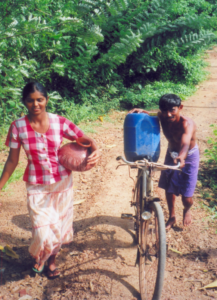 People carrying water from distances 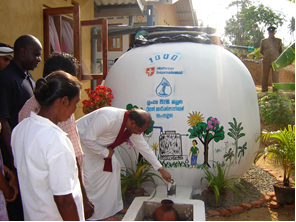 Handing over of 1,000th RWH tank, Ratgama 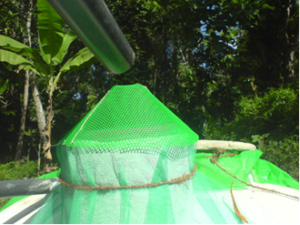 Intake filter 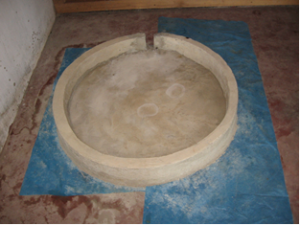 Inside view of the modified lid  RWH Tank with modified lid  Modified outlet pipe 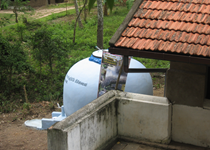 A completed tank 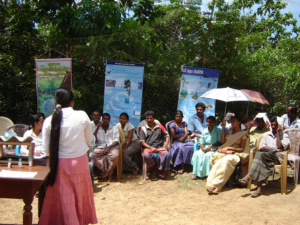 Gathering during a meeting 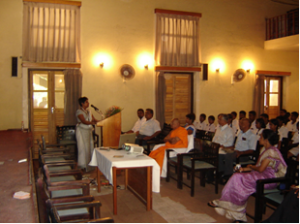 People during an opening of a resource centre 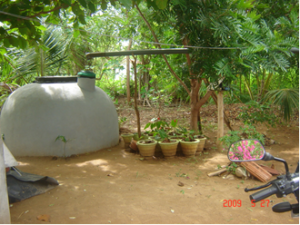 A tank at Suriyaweva 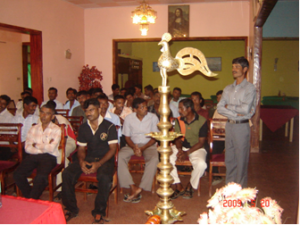 Mason meeting and handing over of tool kits, Galle 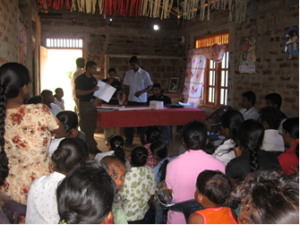 O&M training to beneficiaries 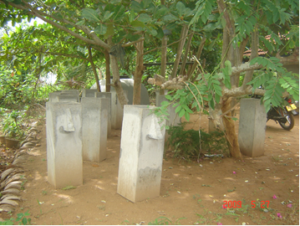 Bio sand filters, Hambantota 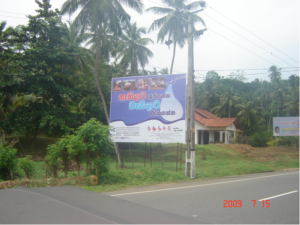 Billboard at Mirrisa, Matara 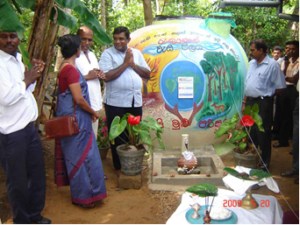 Opening ceremony of 3,000th tank, Deegoda 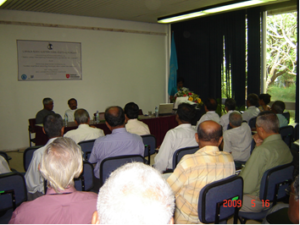 Sharing workshop, SLFI, Colombo |
